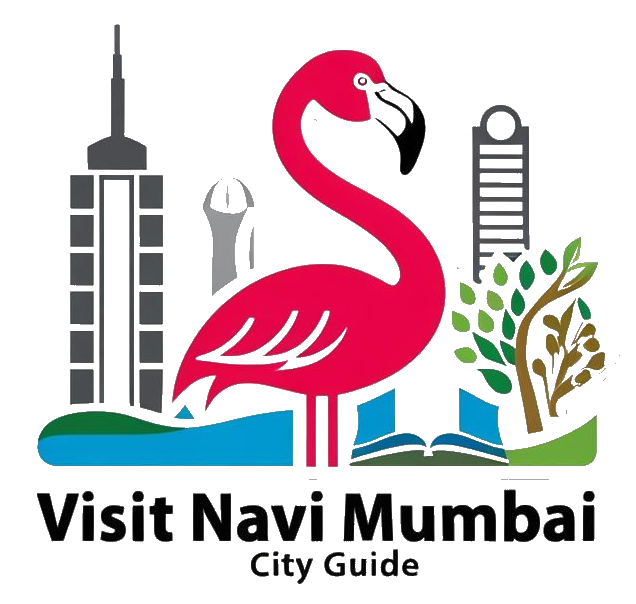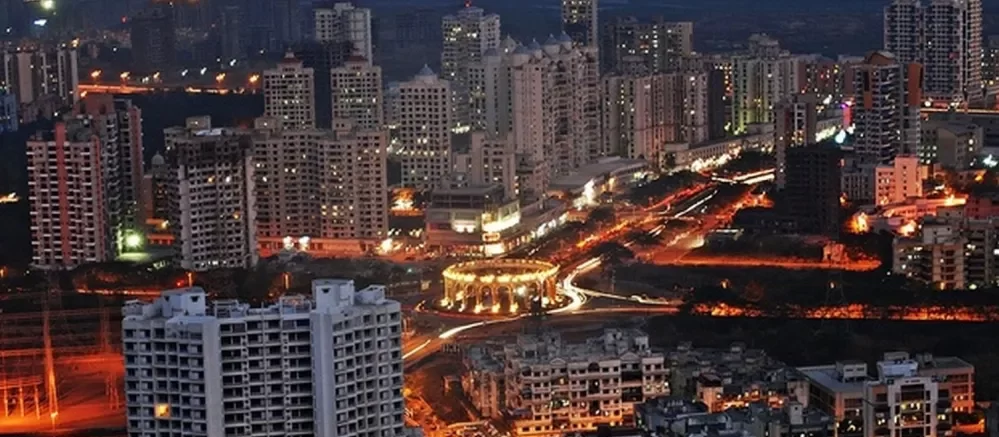From Vision to Reality: How Navi Mumbai Was Built
The story of Navi Mumbai is one of vision, determination, and innovation. In the 1960s, Mumbai struggled with overcrowding, poor infrastructure, and rising pollution. To address these challenges, urban planners proposed an ambitious solution—a new city across Thane Creek.
In 1970, CIDCO (City and Industrial Development Corporation) took charge of the project. Their goal was to create a self-sufficient city that could support Mumbai’s growing population while offering a better quality of life. Unlike Mumbai, this city would feature organized residential, commercial, and industrial zones with ample green spaces.
A Strategic Location and Thoughtful Planning
Planners chose Navi Mumbai’s location carefully. Situated across from Mumbai, the area was mostly marshland and uninhabited, making it ideal for structured development. This allowed engineers to design a city from scratch, ensuring better road networks, efficient public transport, and sustainable infrastructure.
The development began with Vashi, which quickly became a commercial hub. Soon, other areas like Nerul, Belapur, and Kharghar emerged, each offering unique features and amenities. Roads were built wider, traffic congestion was minimized, and a grid-based layout improved accessibility.
Key Developments That Transformed the City
Several projects played a crucial role in Navi Mumbai’s success. The Mumbai-Pune Expressway, for example, improved connectivity and boosted economic activity. Additionally, Palm Beach Road, a scenic highway along Thane Creek, enhanced both accessibility and the city’s appeal.
Today, Navi Mumbai is home to over 2 million people and continues to expand. The upcoming Navi Mumbai International Airport will further position the city as a major transportation hub. Moreover, the rise of IT parks and business centers has attracted top companies and professionals from across the country.
A City Built with Purpose
Navi Mumbai’s transformation from marshland to metropolis is a testament to careful planning. Unlike many cities that grew without structure, Navi Mumbai followed a thoughtful and strategic approach. As a result, it stands as a model for future urban development, proving that well-planned cities can thrive.
Refer below links for more details
CIDCO Official Website – For more details on Navi Mumbai’s planning.
Government of Maharashtra – For urban development policies.

